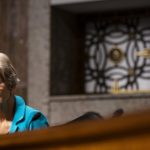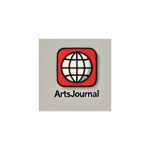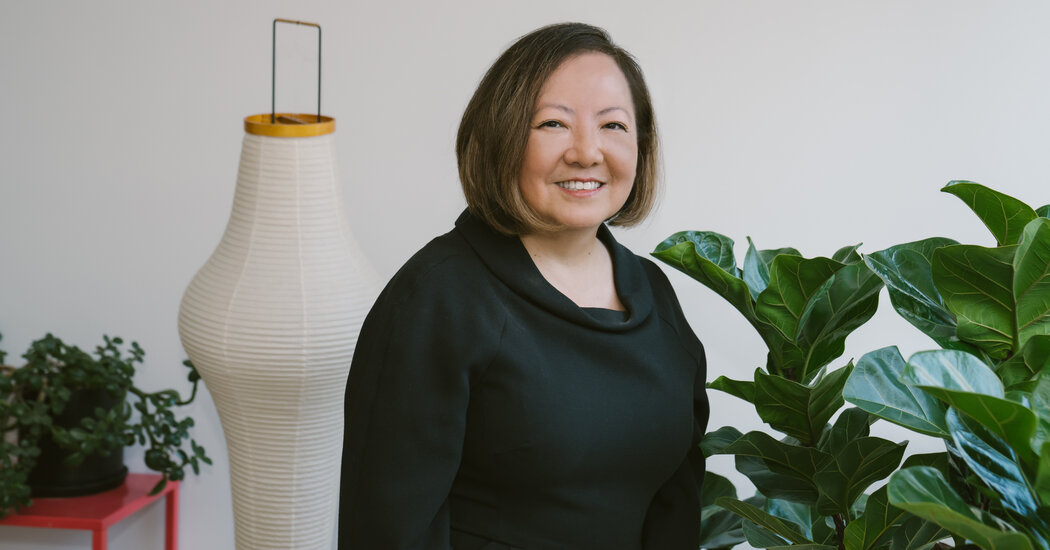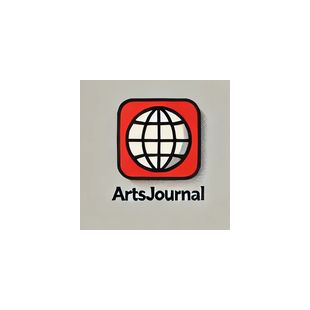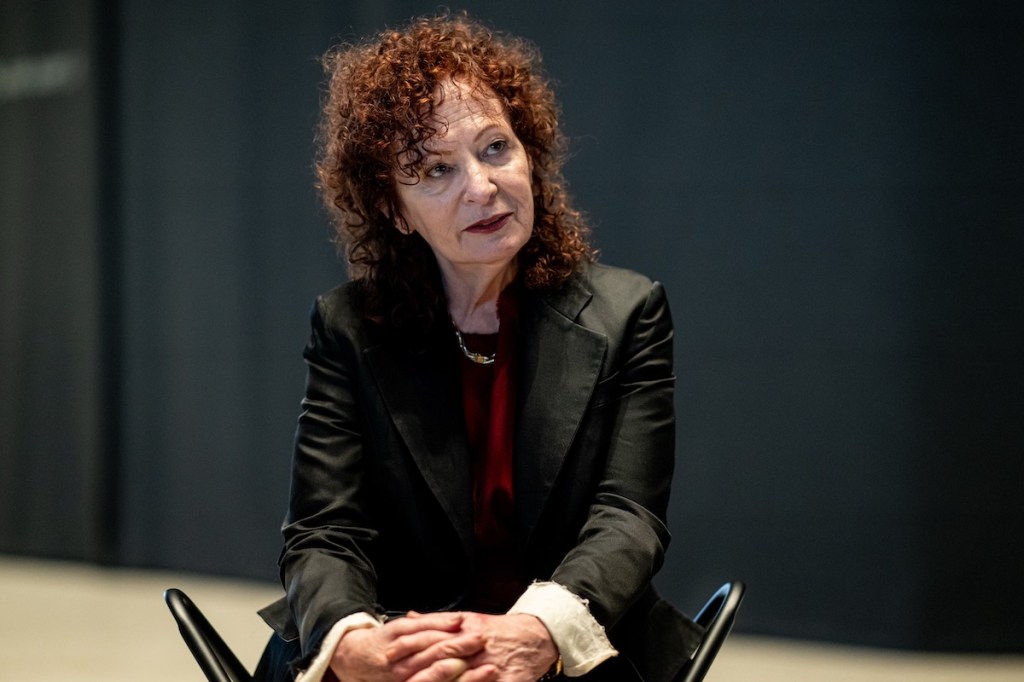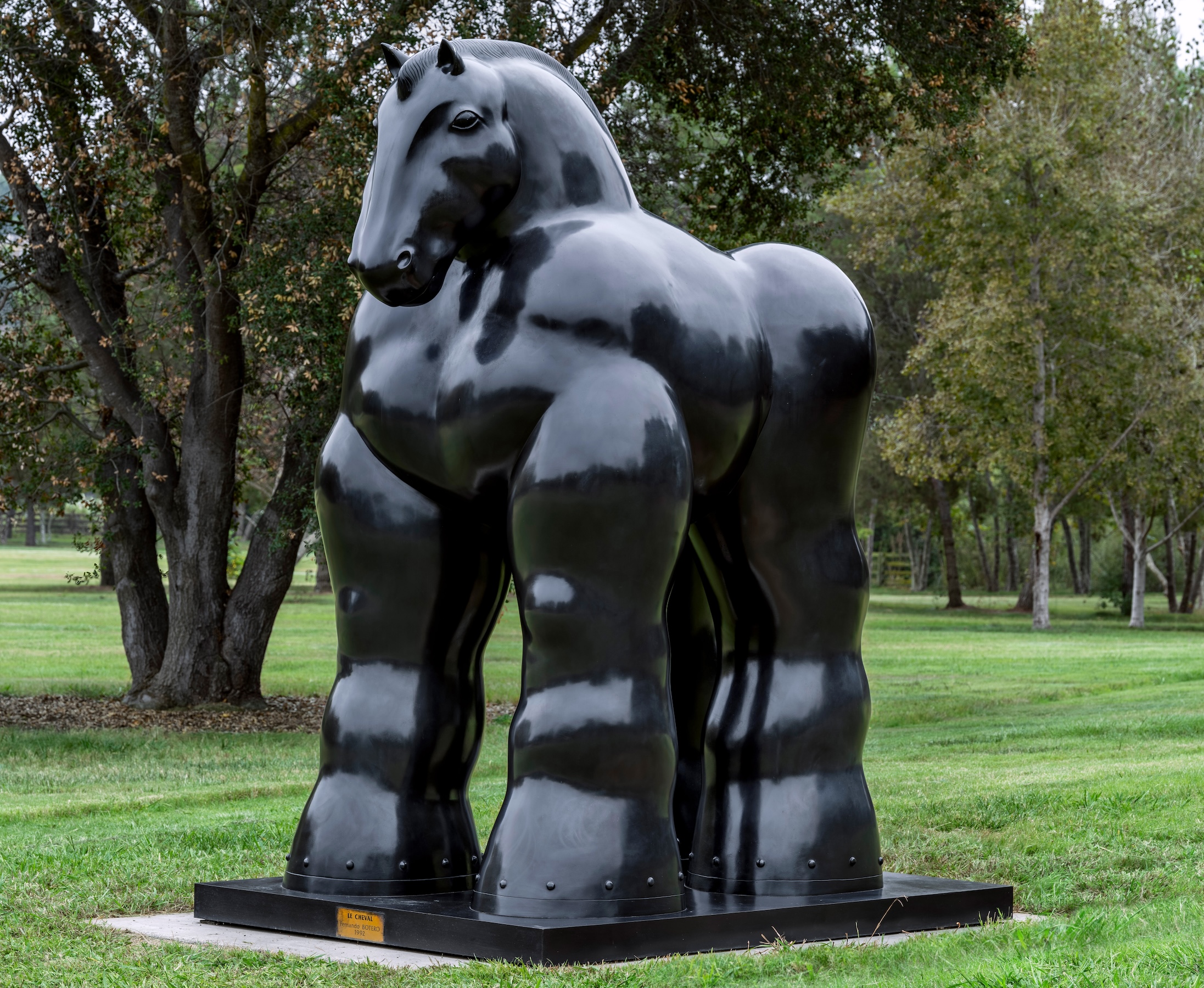The Noguchi Museum in New York announced Friday that Amy Hau would be its next director. Hau, 59, currently the managing partner of the architecture and urban design firm WXY, is returning to the institution where she began her career, in 1986, as the assistant to the Japanese American sculptor Isamu Noguchi, who synthesized Eastern and Western influences and modernism with a respect for nature. She helped steward the museum, in Long Island City, Queens, for almost three decades after Noguchi’s death in 1988.
“It’s rare to hire someone who has such extensive knowledge of an institution and its history,” said Spencer Bailey, the board’s co-chair, who served on the search committee. He said the board chose to recognize someone who had come up through the ranks of the institution, with deep connections in the community, over others with more traditional art world résumés. Hau will begin her new role on Jan. 8.
Noguchi conceived, installed and opened the museum of his work in 1985 in a repurposed factory and an adjoining concrete building he designed that enclose a serene sculpture garden. Hau rose to the position of director of administration and external affairs, overseeing $23 million in capital projects to stabilize the buildings and garden over more than 10 years.
A longtime resident of Queens where her family moved from Hong Kong when she was 9, Hau has also served as vice chair of the Queens Community Board 1 since 2014 and is on the board of the Asian American Arts Alliance.
Hau succeeds Brett Littman, who stepped down abruptly in June after five years as director. He led the museum through the difficult pandemic period when the institution — like many across the nation — was roiled by discussions around social justice and equity in the wake of George Floyd’s murder.
Improving the internal culture of the museum will be a priority. Last January, the board established the IDEAS committee (standing for Inclusion, Diversity, Equity, Accessibility and Sustainability) in response to concerns voiced by employees. “That was a huge component of our interview process,” Bailey said. He added that the board sought a leader who “can take a consistent approach to support the staff, create greater equity and inclusion and who frankly embodies the diverse collective culture of the museum.”
Mary Ceruti, former director and chief curator of the SculptureCenter in Queens, worked collaboratively with Hau as co-founders of the Long Island City Cultural Alliance, whose mission was to raise the visibility of arts organizations in the area.
“Amy is really embedded in that community,” said Ceruti, now executive director of the Walker Art Center in Minneapolis. “If you went to a borough president event, she was there. If you went to a City Council event, she was there. If you went to the opening of a local artist, she was there, always representing the Noguchi Museum in the most genuine way.”
Hau studied painting and printmaking with a minor in art history at Hunter College and remembers the disappointment of her “typical immigrant family,” who encouraged her to pursue a career in accounting, law or medicine, when she started working for Noguchi. “It was very challenging to convince my parents it was a good job,” she said.
Through informal conversations and communal lunches, Hau soaked up knowledge directly from Noguchi about what he thought of his art, his approach to public design, and how to incorporate one’s mistakes into one’s work.
“I found him to be quite grandfatherly and a bit of a mentor,” said Hau, who set up his first archives and built the collection records for more than 3,500 works, including sculptures in stone, metal, wood and clay, drawings, models and designs.
Bailey said another institutional priority is the capital project to unify the campus — announced in 2019 but put on pause during the pandemic. This includes restoring and opening to the public Noguchi’s original studio with living quarters designed by the artist across the street from the museum, and building a new collections lab and study center on an adjacent lot to house the bulk of Noguchi’s work for the first time under one roof.
Hau, who received an M.B.A. from Baruch College, was part of the initial conversations to reactivate the old studio and feasibility studies and will now put her stamp on the final design and finish the capital campaign. Bailey declined to give a total budget but said about 75 percent of the funds needed have been raised.
The museum has an annual operating budget of $10 million, with 32 full-time and 35 part-time employees and a reserve fund of $42 million. Royalties from Noguchi’s biomorphic furniture designs and sales of his Akari light sculptures — lanterns of handmade paper on bamboo frames that soared in popularity during the pandemic — account for approximately 50 percent of the operating budget.
Unlike many museums that have struggled with declining attendance from prepandemic numbers, the Noguchi Museum has seen a record 70,000 visitors so far this year — up from almost 58,000 in 2019. Bailey attributes that largely to the growth and development of Long Island City and appreciation of the museum and its garden as an oasis.
On March 20, “Toshiko Takaezu: Worlds Within” goes on view at the museum, a touring retrospective of the groundbreaking ceramic artist born in Hawaii and of Okinawan heritage. Hau remembers Takaezu’s frequent visits with Noguchi and the sculptor’s admiration for her closed clay vessels that she used as surfaces for abstract painting.
As the museum approaches its 40th anniversary in 2025, Hau hopes to focus on lessons that can be learned from Noguchi’s interests in resiliency and sustainability. “There’s just so much in his life’s work,” she said, “that really feeds into a lot of our struggles today culturally and socially.”
